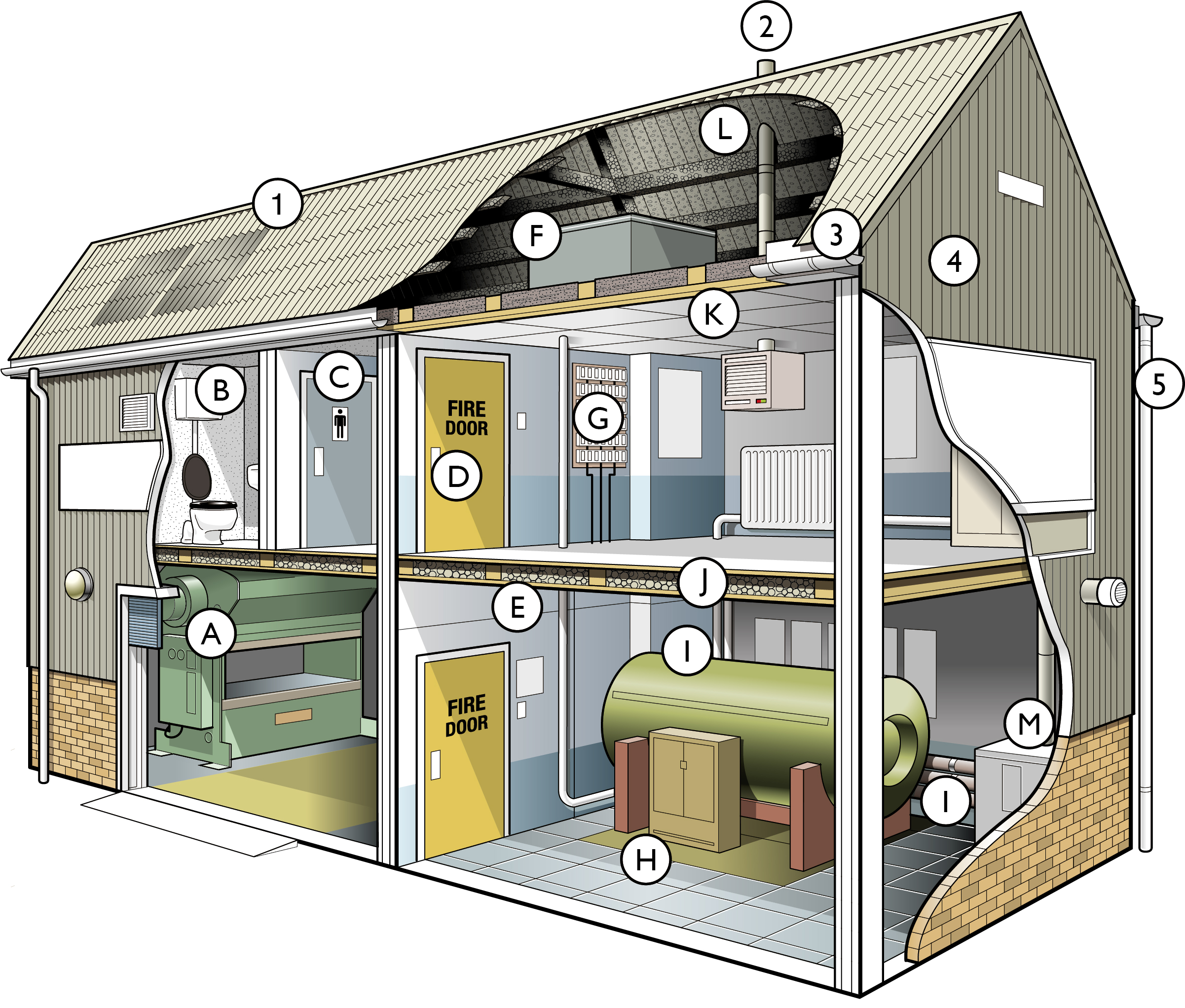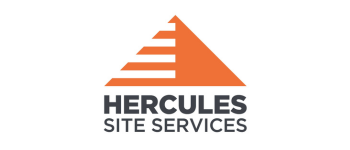4 Things to Learn from HSE’s Asbestos Guidance Refresh
4 Things to Learn from HSE’s latest Asbestos Guidance
HSE (the national regulator for workplace Health and Safety in Britain) has recently amended their guidance and support signposting for Asbestos Awareness. Following on from the 2023 edition of its annual statistical roundup, the new updates make it easier than ever to find relevant support and best practices when it comes to managing and working around Asbestos.
This article delves into the key figures and conclusions made available, analysing their implications, and advocating for a greater focus on preventative Health and Safety training programmes.
1. Asbestos is the largest cause of work-related deaths in the UK
With 1.8 million people suffering from work-related illnesses in 2023, Britain’s workforce faces a veritable Health and Safety crisis. Of this figure, around 5,000 people die every year from asbestos-related diseases, which typically take decades to develop, and cannot be cured. It is estimated that, since 1999, the incidence of mesothelioma has increased year on year.
Some reports indicate twice as many people die from asbestos exposure in Britain, as those killed on the roads.
Mesothelioma Deaths
Unfortunately, as industry standards evolve, we sometimes only come to realise the extent of workplace risk many years after a worker may have been exposed.
The most recent statistic, from 2021, records an alarming 2,268 mesothelioma deaths due to past asbestos exposure: highlighting the long-term devastation caused by what we now know to be unsafe working environments. As our understanding evolves, so does our safety; with new ways to prevent exposure and deal with risks emerging as we learn more.
2. Schooling crisis
The full extent of Asbestos use as a building material is not necessarily known, but government backed research paints a startling picture of it’s prevalence in day to day life. According to the Medical Research Council (MRC), “It is not unreasonable to assume, therefore, that the entire school population has been exposed to asbestos in school buildings.”
Figures on Asbestos in education for example, estimate more than 75% of the nation’s schools contain Asbestos. The above link cites 14000 schools being built after the 2nd world war, with all of those built before 1975 containing asbestos – while many others refurbished during this period, and now also contain the substance.
3. Common Locations: At home and work
Asbestos may be present in both industrial and residential structures constructed or renovated prior to 2000. It can be found in various common materials commonly used in the construction industry, which you may encounter in the course of any work conducted on-site or at home.
HSE has published annotated imagery of common areas where Asbestos may be found in these circumstances. Please see below for these images and their relevant keys, or check the HSE website directly for more information.
Industrial Areas

Inside
A. asbestos rope seals, gaskets and paper
B. toilet cistern
C. textured decorating coatings on walls and ceilings, for example Artex
D. asbestos insulating board (AIB) panels in fire doors
E. AIB partition walls
F. asbestos cement water tank
G. asbestos flash guards in a fuse box
H. vinyl floor tiles backed with asbestos paper and bitumen adhesive
I. lagging on boilers and pipes
J. loose fill insulation
K. AIB ceiling tiles
L. sprayed coatings on ceilings, walls, beams and columns
M. AIB around boilers
Outside
1. profiled asbestos cement roof
2. asbestos cement pipe
3. AIB or asbestos cement soffits and fascias
4. asbestos cement panels
5. asbestos cement gutters and downpipes
Residential Areas

Inside
A. asbestos insulating board (AIB) around boiler
B. toilet cistern
C. vinyl floor tiles backed with asbestos paper and bitumen adhesive
D. AIB or asbestos cement bath panels
E. AIB ceiling tiles
F. AIB airing cupboard and/or sprayed insulation coating boiler
G. pipe lagging
H. AIB partition wall
I. asbestos cement water tank
J. AIB behind fuse box
K. textured decorative coating, for example Artex
L. loose fill insulation
M. AIB behind fire
N. AIB or asbestos cement interior window panel
Outside
1. AIB or asbestos cement soffits and fascias
2. roofing felt
3. asbestos cement roof tiles/slates
4. asbestos cement panels
5. profiled asbestos cement sheeting
6. AIB or asbestos cement exterior window panel
7. gutters and asbestos cement downpipes
4. Mitigating Asbestos Exposure
Thankfully There are a number of steps you can take to limit your exposure to Asbestos, on site or in residential areas:
- Do not use tools or equipment that might create a lot of dust, such as power tools.
- Do not sweep up dust and debris – use a Type H vacuum cleaner, or wet rags.
- Double bag all waste and clean as you go.
- Never travel in overalls used for asbestos work.
- Do not reuse disposable clothing or masks
- Minimise eating, drinking and smoking in the affected areas.
QST is proud to offer our in-house Asbestos Awareness training which is designed to help workers identify and avoid coming into contact with Asbestos on-site.
If you need to go a step further and you require training on Asbestos Removal, please get in touch to see what options you have available to you.
In Summary
With the current advice being to leave undisturbed and undamaged asbestos where it is, and to manage it’s risks as opposed to removing them entirely:
The risk of asbestos exposure becomes greater as time passes – with entropy and risk of damage increasing as buildings begin to take on wear and tear. So what can be done to help prevent incidents of exposure?
Effective training initiatives must cover a wide range of topics, including where to spot asbestos, knowing who to notify if discovered, and where applicable – correct response. Furthermore, collaboration between employers, government agencies, and educational institutions is crucial to create safe plans for the management and removal of asbestos as time dictates more and more of it is uncovered.
Providing health and safety training is not only a moral obligation, but also a legal requirement in many cases – all to ensure the well-being of the public and of the nation’s workforce. By investing in robust training programmes, businesses can create safer workplaces by reducing the incidence of accidents and illnesses, and save money lost to productivity by encouraging safe sites and risk-aware employees.
If you know you have training to undertake, or you need advice – don’t leave it to chance. Get in touch with our team of dedicated Safety Advisors using the contact details below, and find out how we can support you.
📲 – 0333 3355 426
✉️ – training@qualitysafetytraining.co.uk
💻 – https://qualitysafetytraining.co.uk/contact-us/
Safety by Choice, not by Chance.
Please note, this article contains public sector information published by the Health and Safety Executive and licensed under the Open Government Licence.
130+ Years Experience
National Coverage
CITB ATO
EUSR Centre
NPORS Centre
SPA Centre
















Get Started Today
Our friendly and knowledgeable team are here to help. Give us a call today to find out how we can help you. As we have our own training facility we can quickly design and deliver a wide range of training packages.
